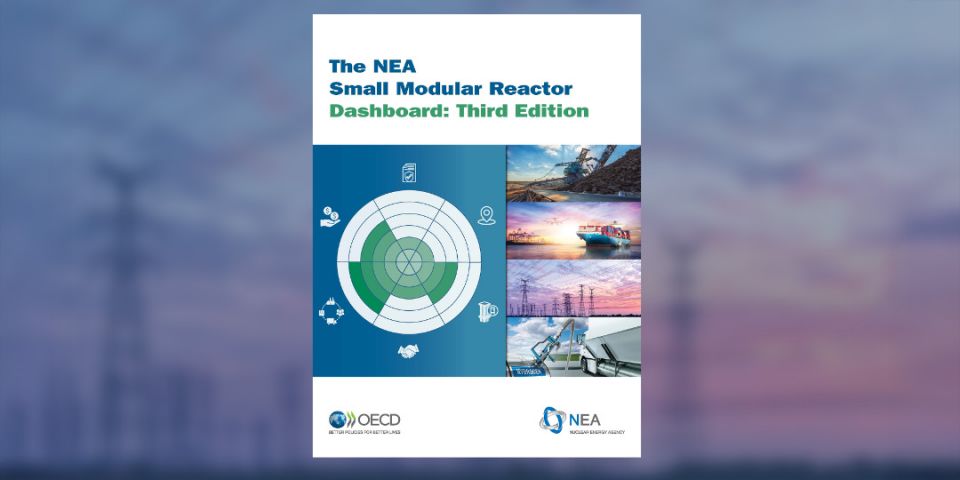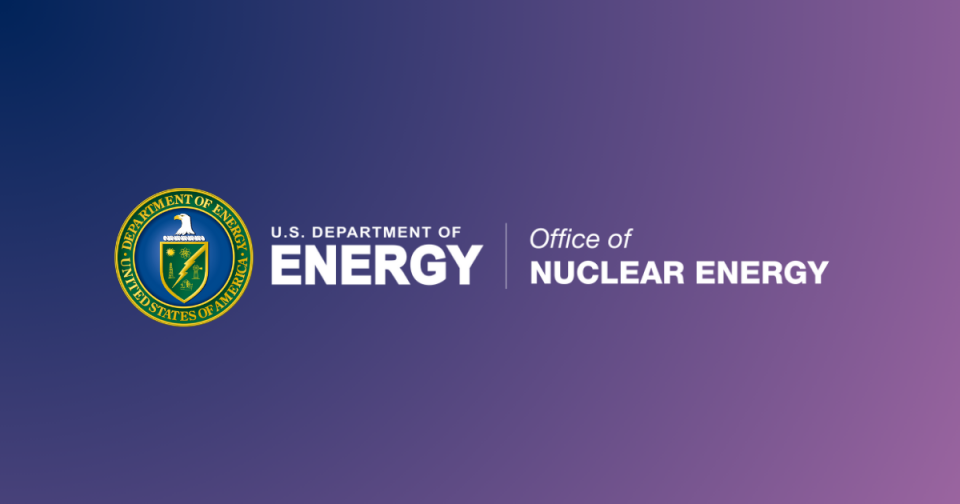Responding to System Demand
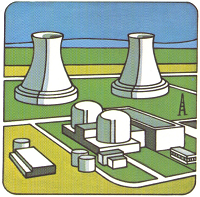 Significant discussions have occurred recently on various internet venues about "load following"-that is, the capability of a generating source to adjust its power output to match variable demands. There is a myth spreading that nuclear power plants cannot load follow, and today's ever-changing discussion about low-GHG generating sources demands that this myth be dispelled.
Significant discussions have occurred recently on various internet venues about "load following"-that is, the capability of a generating source to adjust its power output to match variable demands. There is a myth spreading that nuclear power plants cannot load follow, and today's ever-changing discussion about low-GHG generating sources demands that this myth be dispelled.
One might immediately ask this question: "Haven't we been saying that nuclear plants are best for base load power generation?" That's a valid question. Baseload generation can be thought of as that degree of electric demand below which you never go. When compared to other generating sources, nuclear power plants have a relatively high construction cost-but a relatively low operating cost-and thus are often referred to as baseload generating assets. Nuclear power plants make steady power and steady income for the utility at a low and controlled fuel cost that isn't subject to rapid market fluctuations or interruptions in supply-and they do this all day and night.
However, today's energy world is evolving. We now have under consideration small modular reactor (SMR) nuclear plants that may be 'off the grid' and required to supply variable loads at all times instead of baseload power as part of a larger distribution network. Further, as high-GHG generating assets are retired, nuclear will become a larger percentage of the generating mix (all else held constant) and load following becomes part of the energy mix discussion.
From a utility perspective, operating today's large commercial nuclear power plants at reduced load isn't economically sensible, since the same staff is paid the same money whether the plant is at 30-percent power or at 100 percent. Of course, the overall impact is much larger than just what you're paying the staff, considering all the other operating expenses-that's just a simple example. Since renewable energy sources-which have a highly intermittent output-are now being seriously discussed, the capability of nuclear energy facilities to integrate with renewable sources, which would require load following, is important to address.
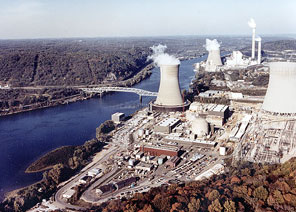 The Shippingport Atomic Power Station (seen in the lower part of this photo as a longish, red, left-to-right building in front of the much larger Beaver Valley nuclear station built years later) was the first large-scale commercial nuclear plant in the United States. Shippingport was designed not only for load following but for remote load dispatching while operating in its normal power range (the plant was originally rated 265 MWt/60 Mwe, and 'normal' power was considered anything over 20 MWt). The plant was designed to accommodate the following thermal power changes while in automatic control mode: 1. +15 MW or -12 MW at a step change rate. 2. ±15 Mw at a rate of 3 Mw/sec. 3. ±20 Mw at a rate of 0.417 MW/sec.
The Shippingport Atomic Power Station (seen in the lower part of this photo as a longish, red, left-to-right building in front of the much larger Beaver Valley nuclear station built years later) was the first large-scale commercial nuclear plant in the United States. Shippingport was designed not only for load following but for remote load dispatching while operating in its normal power range (the plant was originally rated 265 MWt/60 Mwe, and 'normal' power was considered anything over 20 MWt). The plant was designed to accommodate the following thermal power changes while in automatic control mode: 1. +15 MW or -12 MW at a step change rate. 2. ±15 Mw at a rate of 3 Mw/sec. 3. ±20 Mw at a rate of 0.417 MW/sec.
While today we don't allow remote dispatching to control the power level of reactors, it's important to know that they can accommodate power changes as well. Let's take a look at some other nuclear plant design data for plants presently in service in terms of allowed power change rates, and then we'll compare that to published data about today's new-build AP1000 nuclear plant.
Westinghouse Pressurized Water Reactor: This design of nuclear plant was advertised in the 1980s as being "able to follow repetitive load changes automatically throughout the range of 15 percent to 100 percent of rated power consistent with the cyclic nature of the utility system load demand." The Westinghouse PWR was designed at that time to accommodate step changes of 10 percent rated power and ramp changes at 5 percent per minute. Further, the plant was designed to operate, if required, on the 12-3-6-3 daily load cycle; 12 hours at 100 percent power, then three hours to reduce power followed by six hours at 50 percent power, then another three hours to ramp back up to full power. Finally, the plants were designed to accept up to a 50 percent rated power load rejection without reactor trip and full load rejection with reactor trip but optionally could be equipped with extra steam dump capacity in order to accept full load rejection with no reactor trip. The plants adjust both primary coolant boron concentration and control rod position as required to follow load.
Combustion Engineering PWR: Data are at hand for early generation C-E plants like that at Palisades; design criteria for this plant included the ability to accept step changes of 10 percent rated power, or ramp changes at 5 percent per minute.
Babcock & Wilcox PWR: B&W large commercial plants were advertised as able to accommodate transients of 10 percent step changes, or ramp changes of 10 percent per minute between 20 percent and 90 percent rated power; above 90 percent rated power, the ramp change permissible was 5 percent per minute. Load reduction rates were the same without steam dump; with steam dump, load reductions of 40 percent in a step could be handled. According to B&W literature, "The turbine bypass system and safety valves permit a 100% load drop without turbine trip or reactor trip."
GE Boiling Water Reactor: Data on hand for the late-generation BWR/6 shows that the design originally accommodated up to a 25 percent change in rated power automatically by recirculation flow control change, with no control rod motion, "thus providing automatic load following capability for the BWR."
As we can see, these plants are responsive in varied degrees to changing system loads-and system loads don't generally swing wildly unless there are storms in the area. What about new build nuclear plants?
Westinghouse advertises their AP1000 as having the following characteristics pertaining to variable system load: "The plant is designed to accept a step-load increase or decrease of 10 percent between 25 and 100 percent power without reactor trip or steam-dump system actuation, provided that the rated power level is not exceeded. Further, the AP1000 is designed to accept a 100 percent load rejection from full power to house loads without a reactor trip or operation of the pressurizer or steam generator safety valves."
The Westinghouse SMR site offers a thorough description of that reactor design's load following scheme which is also applied, according to the site, to the much larger AP1000 just described. Click here for details.
The competitive Generation mPower SMR is also designed for load following. In an interview on Atomic Power Review about the mPower SMR, Generation mPower LLC's Matt Miles said of the mPower: "Traditionally, nuclear power plants have been used for base load generation. Our plants are designed for more segmented or off grid applications and are capable of load following to accommodate this type of deployment."
As we can see, light water cooled and moderated nuclear power plants, whether of PWR or BWR type, and whether large commercial plants or SMR designs, are capable of adjusting power output to match variable system demand. Many years' worth of operation on many various demand schedules have proven out the technology. While today, for many considerations, large commercial plants aren't used as load followers, there is nothing inherent in the technology that precludes them from doing so; further, it is expected that SMR plants will normally behave as load followers. I hope this article clears up the spreading misconception about light water cooled and moderated reactor plants, in order to help level the discussion about applicability of technologies to a new age in which renewables will play a larger role on the grid.
(Sources consulted for this article include "Shippingport Pressurized Water Reactor, US AEC / Addison-Wesley Publishing, 1958; advertising material from Combustion Engineering, Inc. and Consumers Power for Palisades Nuclear Power Station; "The Westinghouse Pressurized Water Reactor Plant," Westinghouse Electric Corporation, 1984; "Steam / Its Generation and Use," 38th ed. Babcock & Wilcox 1975; "General Description of a Boiling Water Reactor (BWR/6)" General Electric 1978; Westinghouse AP1000 advertising materials, Korea Hydro & Nuclear Power advertising materials.)
_______________________________________
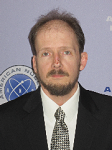 Will Davis is a consultant to, and writer for, the American Nuclear Society. In addition to this, Davis is on the Board of Directors of PopAtomic Studios, is a contributing author for Fuel Cycle Week, and also writes his own blog Atomic Power Review. Davis is a former US Navy Reactor Operator, qualified on S8G and S5W plants.
Will Davis is a consultant to, and writer for, the American Nuclear Society. In addition to this, Davis is on the Board of Directors of PopAtomic Studios, is a contributing author for Fuel Cycle Week, and also writes his own blog Atomic Power Review. Davis is a former US Navy Reactor Operator, qualified on S8G and S5W plants.

-3 2x1.jpg)
